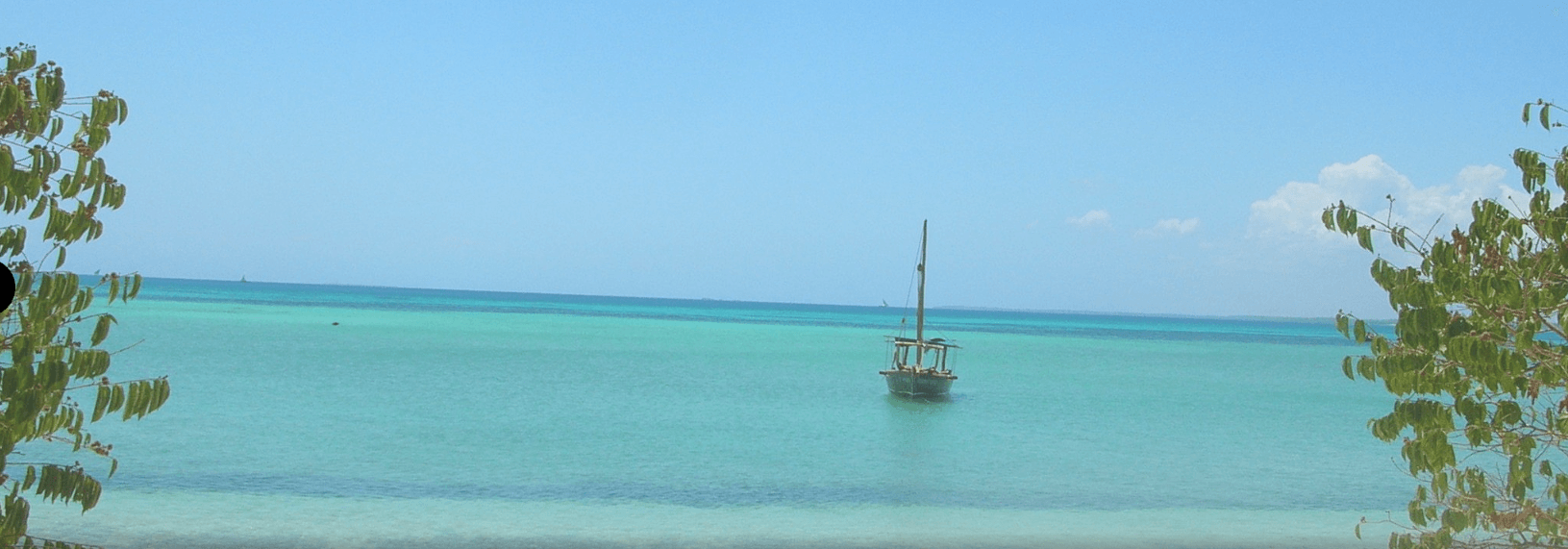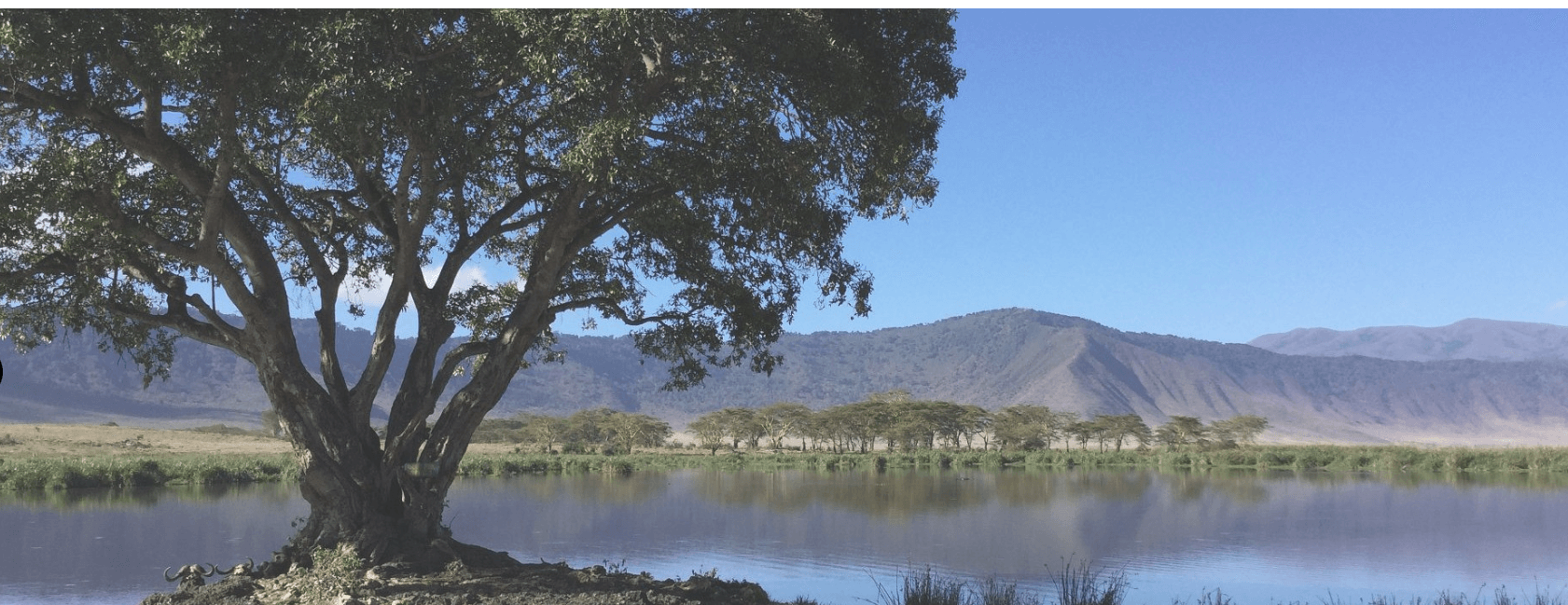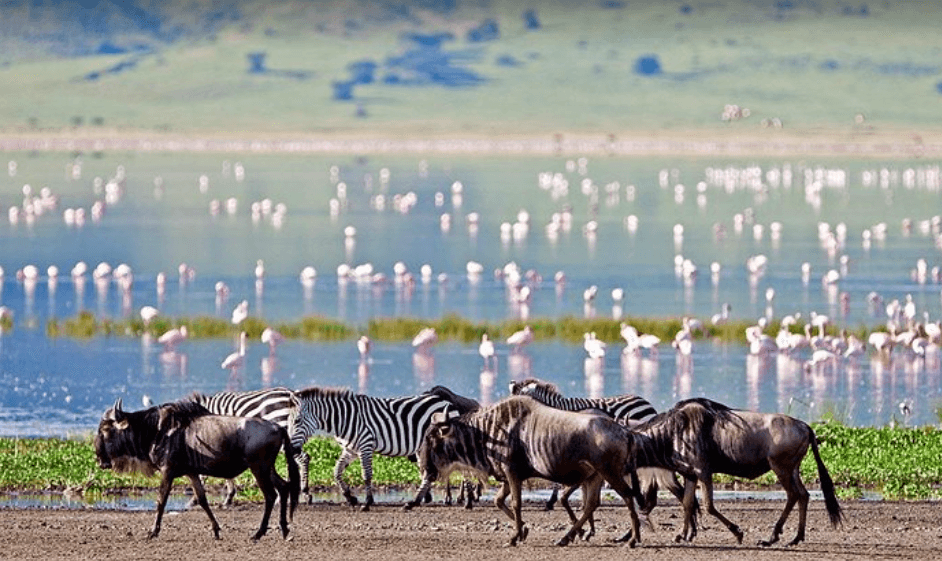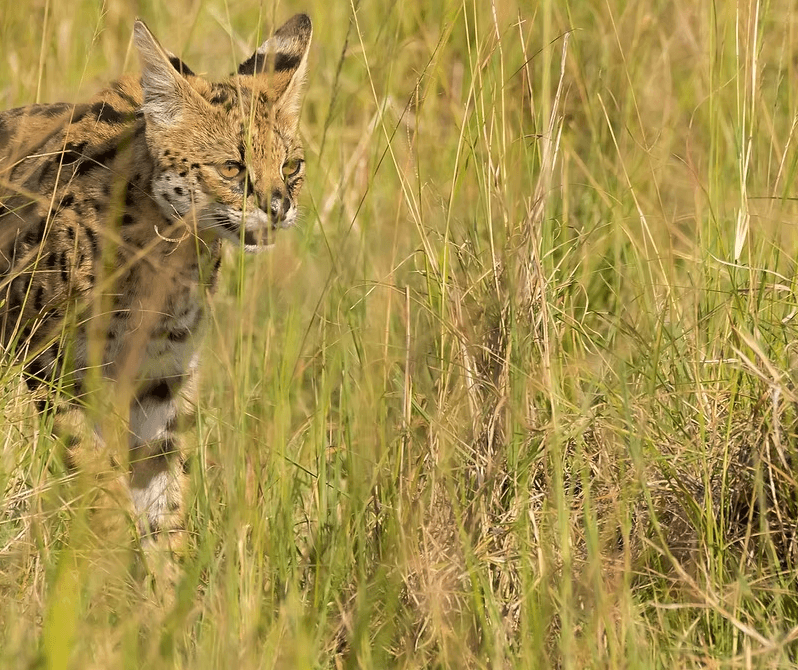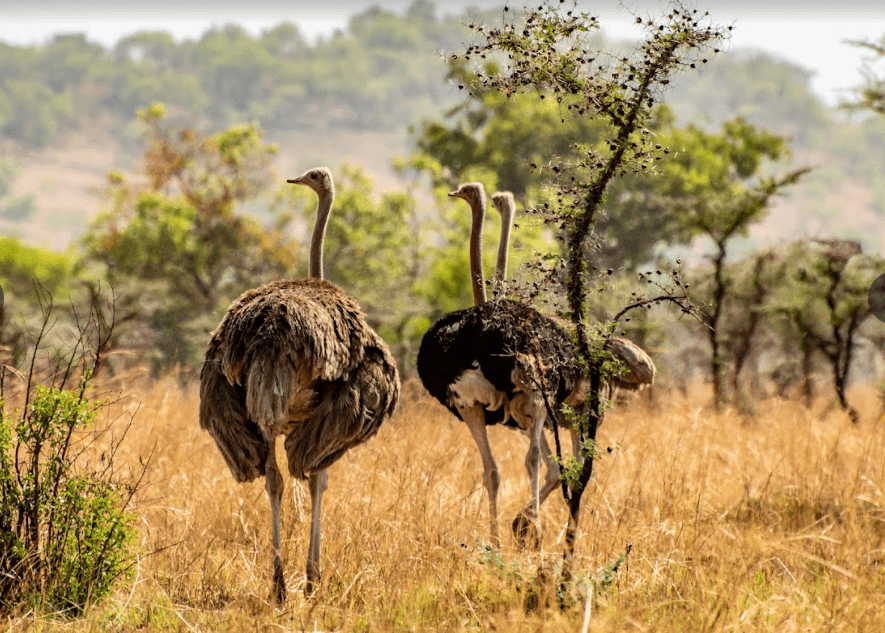Lake Manyara National Park
Lake Manyara National Park: The Ultimate Travel Guide to Tanzania’s Scenic Safari Gem
Lake Manyara National Park is one of Tanzania’s most underrated yet spectacular safari destinations. Nestled at the base of the Great Rift Valley escarpment, this lush and diverse park is famous for its tree-climbing lions, abundant birdlife, and stunning landscapes. Although smaller in size compared to Serengeti or Tarangire, Lake Manyara offers a rich variety of habitats in a compact space.
From dense groundwater forests and open grasslands to hot springs and the alkaline lake itself, the park provides an unforgettable wildlife experience. Whether you’re a first-time traveler or a seasoned safari-goer, Lake Manyara National Park promises wildlife, scenery, and serenity—all in one unforgettable trip.
Location and Size
Lake Manyara National Park is located in northern Tanzania, in the Arusha and Manyara regions, between Arusha city and the Ngorongoro Crater. It forms part of the popular northern safari circuit, which includes Serengeti, Ngorongoro, and Tarangire.
-
Size: Around 325 square kilometers, with Lake Manyara itself covering two-thirds of the area
-
Altitude Range: Between 960m and 1,300m above sea level
Its strategic location makes it a perfect stopover on the way to or from larger parks.
History and Conservation
Lake Manyara National Park was established in 1960, although the lake and surrounding areas were a game reserve long before. It gained recognition for being a biodiversity hotspot and for its pioneering efforts in eco-tourism and sustainable safari practices.
The park is managed by Tanzania National Parks Authority (TANAPA), which plays an active role in conservation, community engagement, and maintaining its ecosystem.
Ecosystem and Landscape
The park’s landscape transitions rapidly as you enter from the main gate. It includes:
-
Groundwater forests filled with mahogany and fig trees
-
Floodplains that attract grazing animals
-
Acacia woodland popular with predators
-
Alkaline Lake Manyara which hosts thousands of flamingos
-
Hot springs (Maji Moto) at the southern end
This diverse mix of habitats makes it possible to see a wide variety of wildlife in a short period.
How to Get to Lake Manyara National Park
Getting to Lake Manyara is convenient whether you’re traveling by air or road.
By Air
Domestic flights are available from major cities like Arusha, Dar es Salaam, and Zanzibar.
-
Nearest Airstrip: Lake Manyara Airstrip (located near Mto wa Mbu)
-
Flight Time: Approximately 30–45 minutes from Arusha
Flights can be booked through regional airlines like Coastal Aviation or Auric Air.
By Road
Lake Manyara is easily accessible by road and is a popular stop on overland safaris.
-
From Arusha: Approx. 120 km; 2–3 hours by car
-
From Ngorongoro Crater: Approx. 90 km; 2 hours
-
From Serengeti (via Ngorongoro): Around 4–5 hours
A 4×4 vehicle is recommended, especially during the rainy season.
Attractions and Activities in Lake Manyara National Park
Lake Manyara may be small, but it offers diverse and thrilling activities that rival those of larger parks.
1. Game Drives
Game drives are the primary activity and can be done in the morning, afternoon, or as a full-day safari. The park is famous for its:
-
Tree-climbing lions
-
Large herds of African elephants
-
Buffaloes, zebras, giraffes, and wildebeests
-
Troops of baboons, often seen near the park entrance
Predators such as leopards, hyenas, and servals also inhabit the park, though they are more elusive.
2. Birdwatching
Lake Manyara is a birdwatcher’s paradise with over 400 bird species.
Key species include:
-
Thousands of lesser and greater flamingos
-
Pelicans, herons, and egrets
-
Hornbills, crowned eagles, and African fish eagles
-
Seasonal migratory species
You can enjoy birding both from the lakeshore and along the forest trails.
3. Groundwater Forest Walks
The park’s entrance road winds through a dense, cool groundwater forest, home to troops of baboons and blue monkeys. Visitors can enjoy guided walking safaris to experience the forest up close and learn about its unique ecosystem.
4. Canoeing (Seasonal)
During the wet season, canoeing on Lake Manyara is a peaceful and scenic way to explore. Paddle alongside pink flamingos, hippos, and other aquatic life while enjoying panoramic views of the Great Rift Valley escarpment.
Note: Canoeing is weather-dependent and must be arranged through licensed operators.
5. Visit the Hot Springs (Maji Moto)
At the southern end of the park lie the Maji Moto hot springs. These natural thermal pools bubble with mineral-rich water and offer stunning photographic backdrops, especially at sunrise or sunset.
Although swimming isn’t allowed, it’s a great stop for picnicking and relaxing during your safari.
6. Treetop Walkway Adventure
Lake Manyara offers one of East Africa’s first treetop canopy walkways, located near the park entrance. The 370-meter-long suspended bridge allows visitors to walk through the forest canopy and observe birds, monkeys, and butterflies from above.
It’s a family-friendly, eco-conscious activity that offers a fresh perspective of the park.
7. Cultural Tours at Mto wa Mbu
Just outside the park is Mto wa Mbu, a vibrant market town offering rich cultural experiences. Visitors can:
-
Visit local banana plantations
-
Sample traditional Tanzanian food
-
Watch wood carving and painting artisans
-
Enjoy village bike tours
These tours add a cultural dimension to your wildlife safari and support local communities.
Accommodations Near Lake Manyara National Park
From luxury lodges to budget campsites, the area around Lake Manyara offers something for every traveler.
Top Accommodation Options
1. Lake Manyara Serena Safari Lodge
-
Mid- to high-end lodge with panoramic views of the Rift Valley
-
Swimming pool, restaurant, and organized game drives
2. Lake Manyara Kilimamoja Lodge
-
Luxury lodge with elegant rooms, spa, and fine dining
-
Great for honeymooners or upscale travelers
3. Manyara Wildlife Safari Camp
-
Affordable tented camp with views of the lake
-
Offers guided safari packages
4. Escarpment Luxury Lodge
-
Private cottages with deck views over Lake Manyara
-
Known for personalized service and eco-friendly design
5. Migombani Campsite
-
Budget-friendly option with clean facilities and beautiful scenery
-
Ideal for self-drive tourists or overlanders
Best Time to Visit Lake Manyara National Park
Dry Season (Best for Game Viewing)
-
June to October
-
Animals gather at the lake and riverbanks
-
Roads are more accessible, and vegetation is sparse
Wet Season (Best for Birdwatching and Scenery)
-
November to May
-
Lush landscapes and excellent birdwatching
-
Flamingos and other migratory birds are more active
Tip: April may see heavy rains that could impact road access.
Frequently Asked Questions (FAQs)
Is Lake Manyara worth visiting?
Yes! Despite its size, Lake Manyara offers a diverse and immersive safari experience. It’s perfect for first-time visitors or as part of a multi-park itinerary.
Are the tree-climbing lions guaranteed to be seen?
While not guaranteed, Lake Manyara is one of the few places in Africa where lions regularly climb trees. Spotting them depends on timing and a bit of luck.
Can I self-drive in the park?
Yes. The park is accessible for self-drive safaris, though hiring a guide or driver is recommended for better wildlife spotting and navigation.
Are there good photography opportunities?
Absolutely. With its varied landscapes, abundant wildlife, and dramatic backdrops, Lake Manyara is ideal for wildlife and landscape photography.
What should I pack?
-
Neutral-colored safari clothing
-
Hat, sunglasses, and sunscreen
-
Binoculars and camera
-
Light jacket for cooler mornings
-
Refillable water bottle
-
Insect repellent (especially in wet season)
What are the entrance fees?
-
Foreign non-residents: $59 per adult per day
-
Foreign residents: $30 per adult
-
East African citizens: Approx. TZS 10,000
-
Children and students receive discounts
Fees are payable at the gate or through registered tour operators.
Final Thoughts: Why Lake Manyara National Park Deserves a Spot on Your Safari Itinerary
Lake Manyara National Park may not be the largest in Tanzania, but it packs a powerful punch in terms of biodiversity, beauty, and experience. Whether you’re watching tree-climbing lions, paddling past flamingos, or walking above the treetops, Lake Manyara offers an intimate and magical glimpse into the wild.
It’s the perfect addition to your Tanzanian safari—easy to access, rich in wildlife, and full of variety. Whether as a standalone destination or part of a larger itinerary, Lake Manyara National Park never disappoints.

